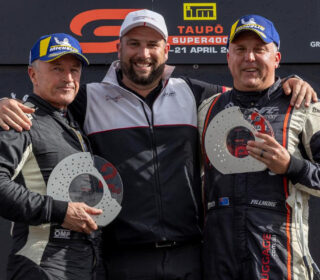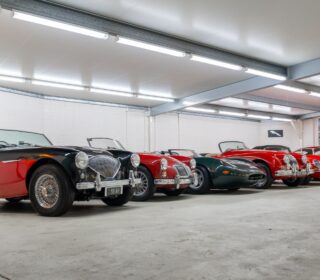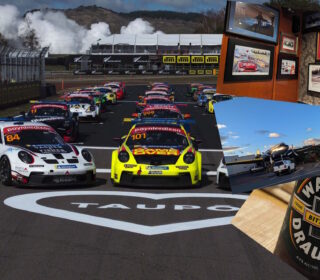COMMENT: THE RELATIONSHIP BETWEEN SUPERCARS AND GRASSROOTS

IN any typical year, the chasm between the top and the bottom of the motorsport ladder in Australia is massive. But 2020 is not your typically year.
WORDS: Mark Walker IMAGES: BPRO Facebook & Mark Walker
For the past three weekends, the inability of Supercars’ standard undercard to transit the country has seen the supports slots exclusively filled with local ring-ins, which in turn have struck a chord with audiences tuning in from home.
This invitation for the amateurs to step up isn’t necessarily something new, and as we will examine, it’s an association that has been quietly bubbling away in recent years, despite the perception of some.
There is often the belief that there is a disconnect between professional and grassroots levels of motorsport.
Numerous enthusiasts in support of amateur racing over the years have questioned: “What has Supercars done for us, and why should the various governments around the country back street circuits over permanent facilities?”
Before answering this, it’s my long held belief that a side effect of Supercars continued push into the mainstream is that it has brought the rest of motorsport along for the ride.
Over the past two decades, a correlation has developed between a strong professional sport and ever increasing amateur participation. Let me explain…
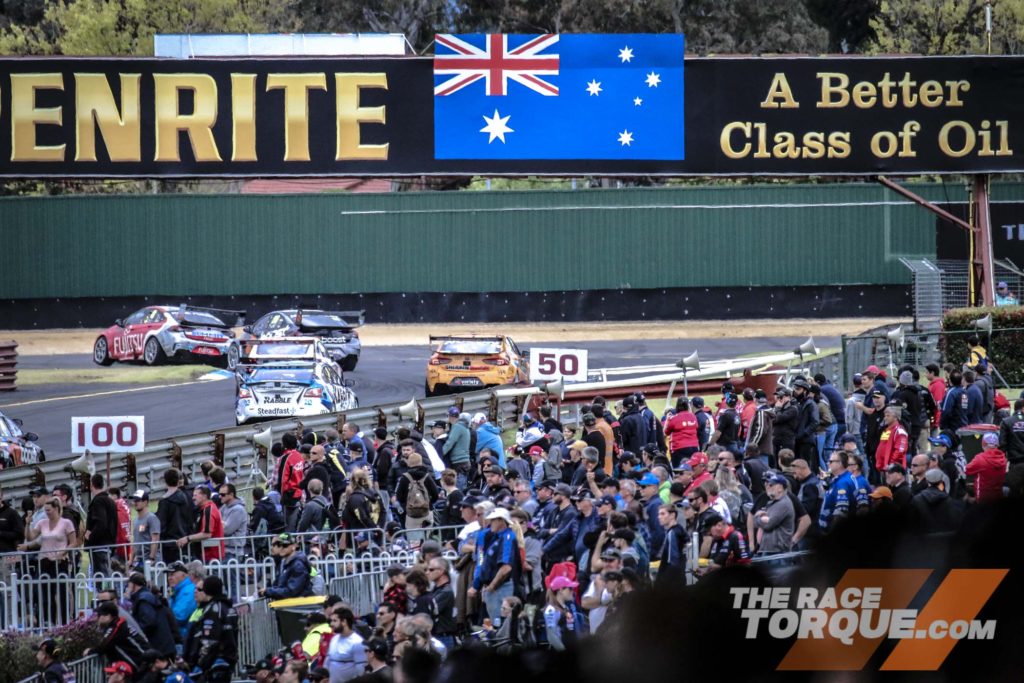
The Business
At the end of the day, Supercars isn’t a charity, it’s a business, and like all businesses, their modus operandi should be to turn a profit.
While an overall healthy motorsport scene is good for Supercars, it isn’t Supercars’ responsibility to look after anyone but themselves.
If you don’t agree with the way Supercars operates, go out there and do it better yourself – there is literally nothing stopping you – go and get it done.
The thing is, history is littered with people who have had the ambition to have a go, but for various reasons, have pulled up well short of dominating the motorsport world.
Supercars over the years has proven to be sustainable by generating revenue on multiple fronts.
Outside of big dollar television rights, the category has a long string of corporate partners, while the events themselves are typically a solid revenue source.
Events are either promoted in house by Supercars or by an outside promoter, who pay a fee to Supercars for the privilege of a slot on the calendar.
Richard Craill penned an excellent piece on the latter, and the breakdown of the economics involved with these events, including the sanction fees payable to Supercars by outside promoters.
Support categories are also a revenue source, with numerous national classes paying a premium to appear at key events, with a defined pecking order established within those classes for items like track time and scheduling.
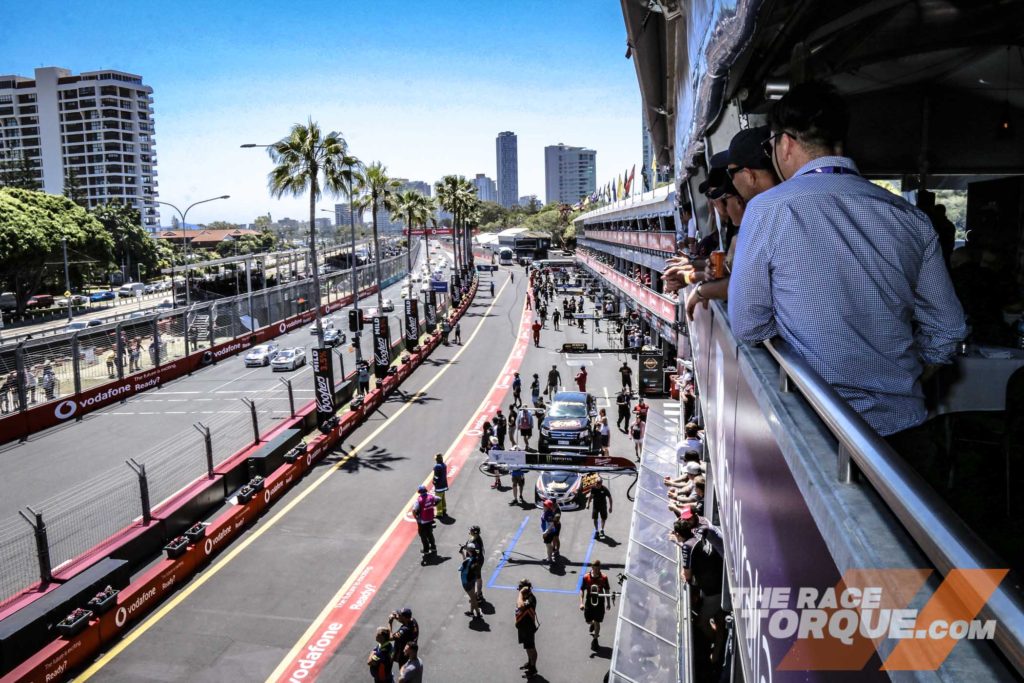
Streets Ahead
Street circuits are an interesting feature of the motorsport landscape; they typically garner the most attention, but by their temporary nature, they are not available for everyone to enjoy 52 weeks a year.
Supercars have a proven back catalogue of delivering big ticket events that stack up by any metric against what can be offered by any other sport in the country, and as an organisation, they have the negotiating power to get favourable outcomes from governments.
Street circuits work for governments because they are a major tourism drawcard. They bring in an audience from far and wide, stimulating the local economies on various fronts, while also projecting a positive image of the area to a vast audience.
A point in case is the Gold Coast 600, which falls in an otherwise quiet period for the holiday strip, which is packed out for race week, with attendees pouring considerable funds into the region.
For Supercars, these style of events attract significant appearance fees, and by bringing the sport to the people, the accessibility for fans and corporate patrons make them an important asset for many reasons.
While Supercars themselves are the promoter of events such as Townsville, Gold Coast and Newcastle, Adelaide and Melbourne are both standalone events, who pay Supercars to attend.
The fact is, there is nothing stopping the prospective owner of a permanent facility from lobbying governments to fund their race track.
The Bend Motorsport Park is a prime example – it attracted both state and federal funding, with several other venues listed in our report on some 21 circuits in the pipeline for Australia also being promised backing from various levels of government.
This ability to successfully lobby governments is what ultimately differentiates the success stories from the dreamers.
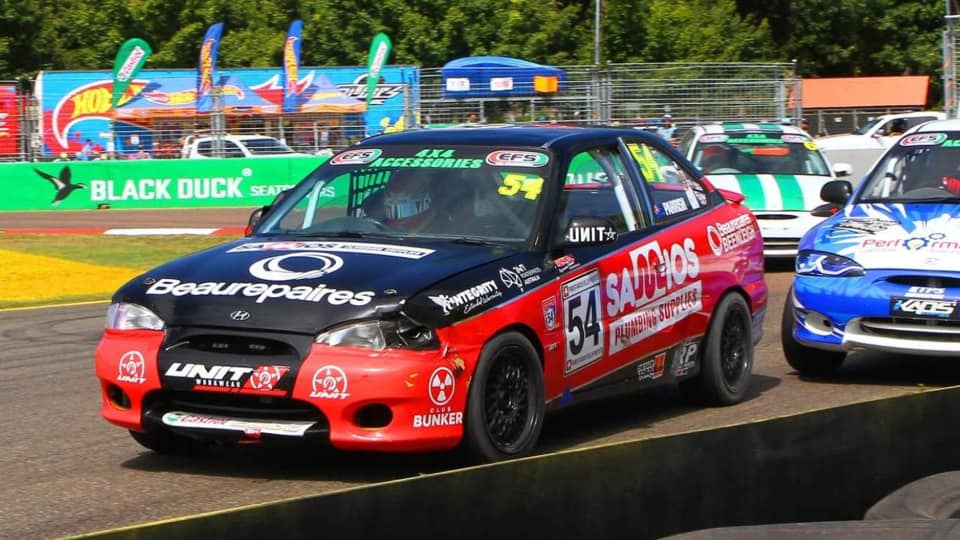
The Growth in Motorsport: The Correlation
Since the dawn of the V8 Supercars era some 23 years ago, there has been undoubted growth in motorsport around the country.
While Supercars has changed their footprint to take in more street circuits and international ventures during this time, there has also been a corresponding growth down the motorsport ladder.
CAMS/Motorsport Australia has expanded and developed, with the AASA, Racers and others providing alternate access points for competitors.
Going back 20+ years, seldom were race facilities operated as a true business – they ran race meetings and practice days, a fact which was outlined in our chat with John Tetley, who has been a driving force behind the growth of the recreational use of venues.
Savvy operators have figured out that the big money isn’t in running a lone professional headline event each year, but rather by attracting as many ground floor users as possible, and charging them low fees for the use of the facilities. Quantities providing economies.
Sprints form a massive part of this entry level customer base, with the non-contact form of timed competition providing easy access to a wide audience.
Just taking on board the example of south-east Queensland, between Morgan Park, Queensland Raceway and Lakeside Park, there are multiple public sprint series contested, both on weekends and midweek, with car clubs and private operators also hosting their own niche events.
Twenty years ago there was little of this – sprints were infrequent and informal.
In 2003, Queensland Raceway had around 15 sprints set down for the calendar year, while this month alone, between QR and Lakeside there are at least 11 public listed sprint events scheduled, while many other non-timed events also on the agenda.
So why this growth? I would hypothesise that by bringing motorsport to the people, by running street circuits, by having excellent and wide reaching television coverage, Supercars has played their part in bringing motorsport to the front of mind.
Secondly, venues have upped their game to provide products that appeal to a broader audience – it is now understood that you don’t just host a Supercars event, and trade off the profits for the next 12 months.
By inviting two capacity fields of sprinters to tear up Townsville for the past two weekends, Supercars has put the opposing end of the sport on a pedestal it has never enjoyed previously.
The grassroots Hyundai Excel series also earned a start in Townsville, some 22 years after the similarly entry level Queensland Geminis last raced at a V8 Supercars event at Lakeside, albeit without the televised bells and whistles.
While the last few weeks have been red letter moments for club racers, there has been a push to embrace these competitors on the Supercars program in recent years, which under the COVID way of life, may continue into the future.
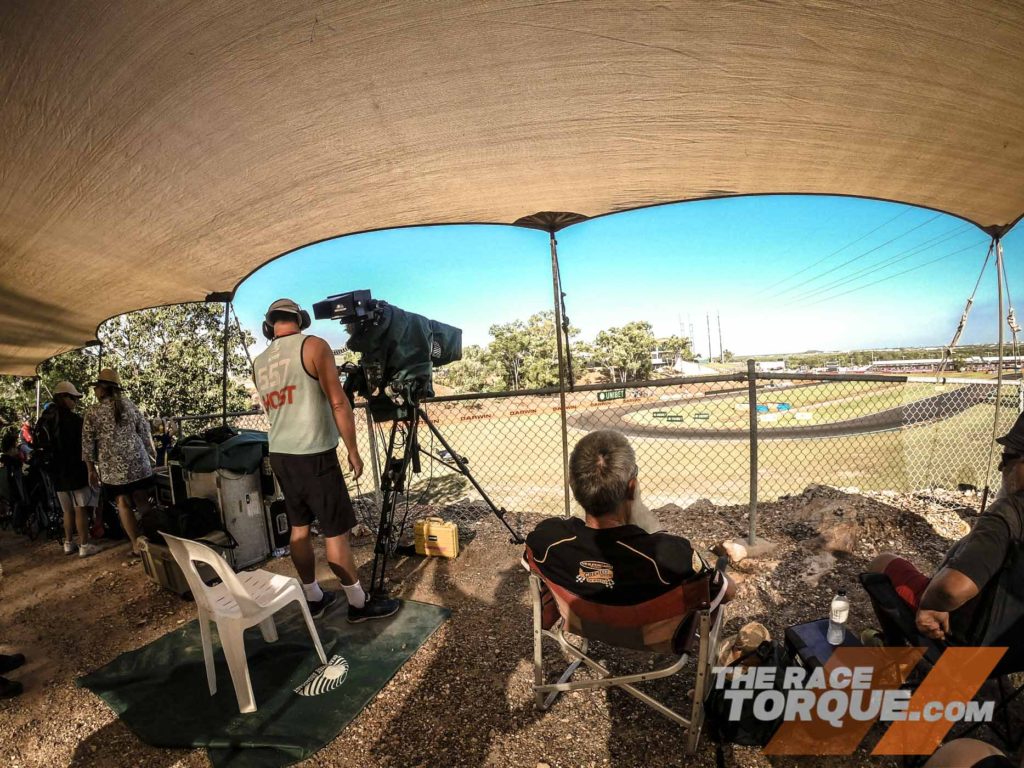
A Look Around the Circuits
Over time, the different stops on the Supercars calendar have forged their own relationships with local competitors to varying degrees.
There are multiple factors in play that help form the support class calendar, including the different promoters for each individual round, as well as logistics – it’s much harder and expensive for most competitors to get to Perth, Launceston and Darwin.
Quite often with national support classes, there will be a level of trade-off in formulating their schedule, such as if they go to Perth they can then also have Bathurst, or if they sail to Tasmania they can have a street circuit in return.
That said, there are often holes that open up on the Supercars program which are able to be filled by a local class, who in turn get to bask in the spotlight in front of the big crowds, and since 2015, live television coverage nationwide.
Over the years the TV coverage of the undercard has varied greatly – in the 1980s it was common place for Channel 7’s coverage to include everything being served up, with club racers getting a big part of the spotlight, largely due to the lack of touring national series.
At other times, the undercard was largely ignored.
Hidden Valley is an excellent point in case for showcasing their own.
The Northern Territory plays host to three different state level categories, namely HQ Holdens, Improved Production and Commodore Cup, with the trio in some form of combination being on the bill every year since the inception of their self-promoted Supercars event.
One notable change was in 2006, when the HQ Holdens were the only ring-ins, with two full grids forming the basis of that year’s HQ Nationals.
Barbagallo Raceway has since 2007 (with the exceptions of 2017 and ’11) played host to an eclectic mix of locals on the Supercars undercard.
Historic Touring Cars have appeared six times, with other classes including Formula Ford, Saloon Cars, Improved Production, Formula Vee, and in 2009, Formula Classic, with an interesting mix of old school open wheelers.
Symmons Plains has seen locals feature on eight of the last ten Supercars programs with a varied mix.
In 2010, the Targa Invitationals debuted (with the author roped in to do category admin for the occasion), with the class earning an invite back in 2012, with it more or less morphing into the Sports GT class, which has made five more subsequent starts.
Tassy specials have also included Formula Vees (last year) and HQ Holdens (2014 and ’16).
Targa Invitationals have also made a start at Phillip Island, while Sports GT butcher’s picnics raced there in 2014 and ’15.
Since 2013, Winton has witnessed an interesting mix, including the debut of the Hyundai Excels on the Supercars program last year, with others including Formula Ford (2017), Sports Sedans (2014), and in 2012 Formula Atlantic, while the Sports Racers Australian Series made a one-off start in 2015.
Sandown meanwhile has proven to be easier to subscribe with national classes on the undercard over the years, although there have been exceptions of the historic variety.
In 2013, Big Bad Sandown played hosted to a field of F5000s, which came a year after a grid of Group C and A Historic Tourers made an appearance.
Back in the early years of the 2000s, the Melbourne track saw Group N historic tourers take the track, although this was in essence the geneses of the Touring Car Masters class.
Sydney Motorsport Park is another venue with an easily filled undercard, although Superkarts made a curious appearance in 2008.
Queensland Raceway hasn’t hosted club level competition at a Supercars meet since a Sports GT butcher’s picnic in 2015, but dating back to 2006 the venue did host Production Sports Cars twice, the home grown Mazda MX5 class three times, and Saloon Cars once.
The upcoming events at The Bend will have their own home grown flavour on both weekends, while last year the venue’s Supercars event featured Historic Touring Cars, as well as one-off appearance by the Radicals.
Finally, while the Townsville grass roots takeover of a street circuit from the past two weekends is impressive, it’s not unprecedented, with Improved Production racing at the Adelaide 500 in 2017-’18.
Even though Supercars may have had an unintentional positive effect on grassroots motorsport in the past, the changed current circumstances gives the entry level of the sport an unprecedented chance to shine in the modern spotlight.
The T8 Influence on Excels
A complete aside to finish on: since we revealed here on The Race Torque that Triple 8 were building Hyundai Excel race cars, the category has been awash with doom mongers flagging its downfall.
This past weekend a couple of the T8 cars made an entry in the hands of Angelo Mouzouris and Martin Short, both very competent steerers, but against some staunch opposition, they registered a best individual race result of sixth, before settling for 12th and 20th respectively in the weekend points.
While Super2 SuperStars Brodie Kostecki and Broc Feeney were unsurprisingly at the front of the field, it was some old hands at the category, Cams Wilson and Bartholomew getting the job done with a win apiece.
Maybe there’s something to be said for experience in the category, and a well sorted car?
No doubt the T8 boys and girls will get it sussed, it’s what they do, but even with their presence on the grid, it was more business as usual for the class.
To sound like a broken record, the rules of the category are such that there are diminishing returns for throwing big money at the cars, while the KISS methodology often works best in the Excel engineering department.
Now, let’s get everyone out there on track at the next state round to show them how it’s done!



